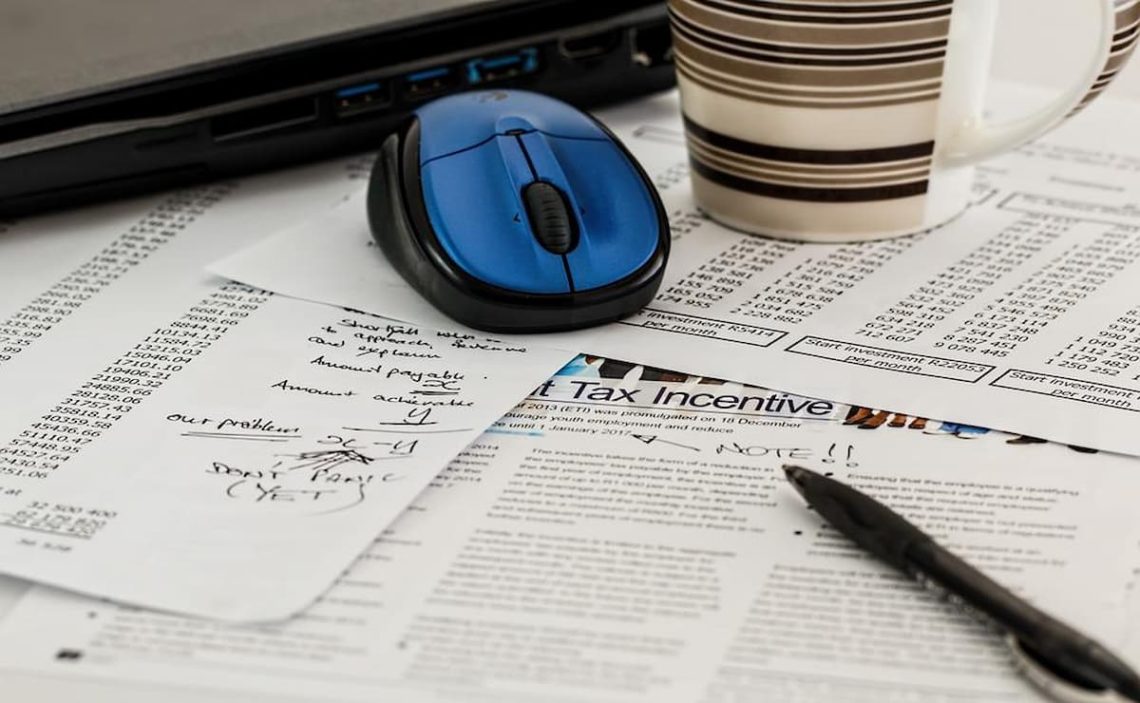Accounts receivable are amounts a company has not yet collected, which will be converted into revenue in the future. Therefore, they tend to be considered assets. However, there is some doubt about whether they are assets or liabilities.
We should remember that it will generally record these accounts’ current assets on the balance sheet. That should give us a small indication of where a receivable should be correctly placed. However, let us try to clarify this further.
What are accounts receivable?
Accounts receivable are the uncollected amounts of money the company will receive from customers who have already received a service or product.
We generally consider accounts receivable an asset because we collect the money on a specific date. For example, it is common for these receivables to be collected 30 days, 60 days, or 90 days after the customer receives the invoice.
The simple version tells us that they are considered assets because they are a cash equivalent that will otherwise be converted into cash within a specific timeframe known in advance.
On the other hand, the receivable is transferred to our cash or bank account as soon as it has been credited. The money is transmitted directly to our cash accounts when the customer makes the payment. That means that it instantly becomes a current asset on the balance sheet.
Businesses can generate short-term receivables against accounts receivable as if they were any other type of asset. It is not uncommon for this to be done.
Like any other asset, it can pledge accounts receivable as collateral. This means that you can obtain funds from banks or other financial institutions using these accounts as collateral.
On the other hand, when the amount owed by the customer is transferred to the business account, the loan accounts can be closed with interest. That is what would be known as invoice discounting.
Some variables to take into account
Should always take some variables into account. Firstly, there is the risk of accumulating a large number of receivables. That is not positive depending on the company’s cash flow and financial situation.
In addition, it requires constant monitoring of the evolution of invoices as it is not easy to maintain the necessary tension to keep track of invoices. It can take a lot of extra effort.
Another issue is the credit extended to customers. Accounts receivable reflect money that has not yet been collected but is expected to be received. Sometimes, if the customer generates a non-payment, this is directly reflected in our accounts. Having made an allowance for these revenues can lead to an accounting hole.
On the other hand, after a certain period, it will become a fixed asset when the selling company cannot collect the amount.
In other words, the account receivable also directly becomes a fixed asset. Hence, discrepancies or doubts can sometimes arise since, indeed, a receivable may become a fixed asset in some circumstances.
Moreover, depending on the volume of receivables, they should be recorded in the profit and loss accounts.


